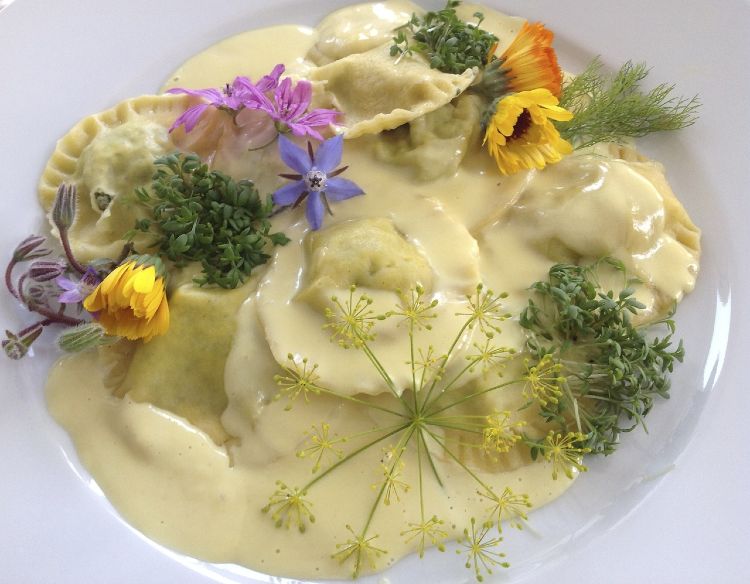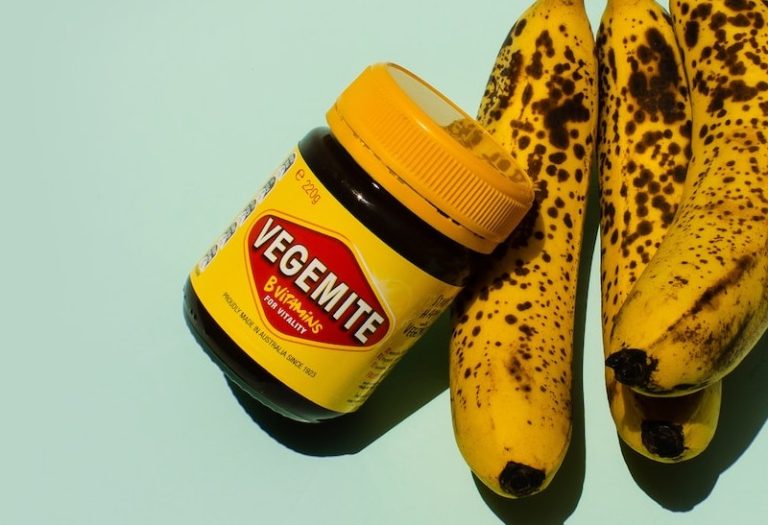An Andalucian Food and Wine Adventure
I am a huge fan of Spanish wines, in particular, Riojas. Finding great value for money is something I always try to pass on to fellow wine lovers as it’s not all about buying the cheapest, or the most expensive wine. This is where Spain really comes into its own with a wealth of fine wines from every region.
Andalucían winemaking spans two millennia and the region has more vineyard acreage than any other country in the world. Southern Spain produces one of the world’s most famous wines, sherry, grown in the area next to Jerez de la Frontera in the province of Cadiz. Cadiz is actually one of four Denominacion de Origenor ‘D.O’ (similar to France’s Appellation Controllee), together with Malaga, Montilla-Moriles and El Condado de Huelva. It is the latter that I’ll come to first.
El Condado de Huelva
The province of Huelva is situated in the west of Andalucía and most of the vineyards hug the coastline. The indigenous grape variety of Huelva is Zalema. It’s traditionally used to make an Amber colored, Oloroso style of fortified wine called ‘Condado Viejo’. With an earthy, nutty flavor, this wine is the perfect accompaniment for the famous cured hams from this region. ‘Iberico de Bellota’ is a particular ham made from Iberian pigs that are raised on acorns and grass solely and then the meat is matured in the mountainous area of Sierras de Huelva for 16 to 18 months.
This province also makes some brilliant value White wines using the Zalema grape. Well-chilled, these wines are light, crisp and fresh, which makes them a great match for the other main speciality of the region, seafood. Two of the best known wine producers are Bodegas Andrade who makes the Castillo de Andrade and Vina Odiel by Sovicosa.
The province of Huelva is also famed for Columbus sailing from the port of Palos for the Americas, taking with him the wines of the area, meaning they could have been the first ‘export’ to the USA.
Although this region is very traditional in its approach to wine and food, there is one winery, Cooperativa Nuestra Señora del Rocio, which is producing Andalucía’s first sparkling wine called, Raigal.
Cadiz
The word ‘sherry’ takes its name in English from the town of Jerez in the province of Cadiz. The wine was the first ‘official’ export from Spain, and most of it went to England where there was a huge demand for sweet wines. However, the Spaniards always preferred the drier styles (as do I!)
Sherry, or Jerez, can only be made in one area because of the soil conditions and due to the fact it’s the most wet area of Andalucía. This area is between the towns of Jerez de la Frontera, Puerto de la Santa Maria and Sanlucar de Barrameda in Cadiz. There are a number of different styles of Sherry, each having their own food matches.
Fino: a light, pale-golden, dry style of Sherry which is perfect with cured meats and seafood. Tio Pepe by Gonzalez Byass and La Ina by Domecq are two to look out for.
Manzanilla: a very dry, pale Sherry which is lighter than Fino with a salty tang. Enjoyed with fish, seafood and cured hams. La Gitana by Hidalgo or Manzanilla Pasada are wonderful.
Amontillado: an older Fino, richer in character than the above wines, and amber in colour. On the nose it smells dry, yet it is sweeter on the palate. Simple meats with sweet chutneys would work beautifully. Look out for Amontillado 51-1 by Domecq and Amontillado del Duque by Gonzalez Byass, probably the best ones available.
Oloroso: rich, dark, dry and mahogany in colour with aromas of hazelnuts. Great as an aperitif and can be matched with difficult foods such as eggs, artichokes and asparagus. The best Oloroso is the Matusalem by Gonzalez Byass.
Cream Sherries: a blend of dry Oloroso and sweet Pedro Ximenez. Normally consumed after dinner, but can also be enjoyed with rich pâtes. The most well-known cream sherries are Bristol Cream and Crofts.
Pale Cortado: in Jerez, they say this is a wine you can’t make – it just happens. Aromas are similar to Amontillado, but the colour is closer to Oloroso. An amazing option is the 60 year old Sibarita by Domecq.
Pedro Ximenez: or ‘PX’ is a naturally sweet wine. At worst it can be overly sweet and cloying. However, when made well it is elegant and velvety. Try it just simply poured over vanilla ice-cream. Triana by Hidalgo is in my opinion the best value for money.
Montilla-Moriles
This inland region is located in the south of the Cordoba province and is another historical wine region of Spain. The wines are similar to those of Jerez, but usually suffer from the comparison. The dry Finos that are produced here are considered ‘rougher’ than the Sherry’s of Cadiz. This is usually due to lack of care in the wine making process (though they can be just as good). In the past most of the region’s production of Pedro Ximenez, the predominant grape in Montilla, was shipped to Jerez to sweeten the cream sherry produced there. So, essentially, the blame for the decrease in quality of Montilla wines lies with the British, as we took all the sherry! After many years of living in the shadows of Jerez, there are some wineries that are trying to make a name for themselves in the region.
The biggest and oldest winery in the region is Alvear, which was founded in 1729. They make the best selling dry Fino, C.B Alvear, while other wineries in Montilla are making super Olorosos Amontillados and sweet wines which you must seek out. In 1999, Alvear’s PX 1830 was voted the best wine in Spain! This really tells you something about the potential ‘finds’ when exploring the different regions.
Being in-land, the foods have a very ‘meaty’ character. Lots of cured meats again, but also Morcilla, which is a blood sausage, and Rabo de Toro which is oxtail stew, are just some of the region’s favourite foods. The Moors established the olive oil trade in the region and this is evidently the main ingredient in many of the dishes. This means that the salty, nutty wines produced here, once again, are the best match.
Malaga
Malaga had been producing sweet wines since Roman times, but due to gradual changes in European tastes for drier styles, the production and export of Malaga wines has decreased. The wines are made from Moscatel and Pedro Ximenez. The full flavoured wines are great accompaniments to pates that are produced in the hills of the region, but more frequently they are served as after dinner drinks. Some of the best wines to look out for are Cartojal by Lopez Hernanos, Carpe Diem by Tierras de Molina and of course, the best-selling wine of the region, Malaga Virgen.
An interesting fact about Malaga wines is that they are all aged in the City of Malaga, but the grapes are grown, pressed and often fermented in other parts of the region. As Malaga is a Coastal region, the food switches back to seafood from the meaty feasts of the inland regions, so now we can switch back to the crisp, dry, fresh white wines that are also produced around the coast.
So as you can see, Andalucía has a wonderfully diverse selection of wines, all surrounding its main export of sherry. It is also home to some of the finest food in the world that we are lucky enough to pair together with some delicious wines. I would urge you to find some of the products that I have mentioned, as they are all excellent value for money, and are brilliant in any dining situation, whether it be basking in the sunshine with a seafood platter or enjoying an after dinner drink.
Contact details:
Ben Austin’s Blog: www.number1wino.co.uk
Jed Alder Photography: www.througheye.co.uk



